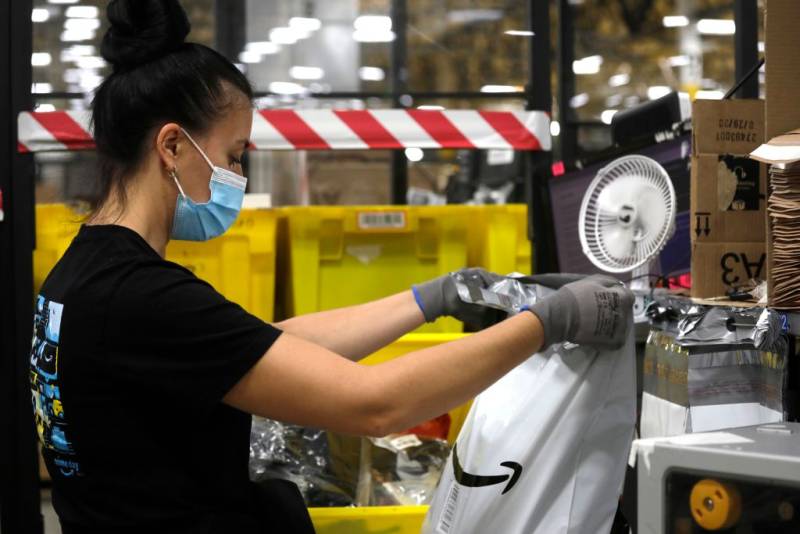The proposed rule would require warehouses, factories, restaurants and other workplaces to cool workplaces down if the temperature reaches 87 degrees. If installing air conditioning isn’t feasible, employers would be required to take other measures such as adjusting schedules, allowing longer breaks or providing personal fans or cooling vests.
Bertha Servin, who said she works at Mission Linen, an industrial laundry facility in Chino, told the board today that the heat at her job is exacerbated by steam from the machines and by extra protective clothing that workers must wear.
“In the Inland Empire when it’s 100 degrees, inside is worse because we are touching all the hot products,” she said. “And the process doesn’t stop because we need to send (the linens) to all the customers waiting for it.”
Business groups said many of the requirements would be costly and impractical, and that some provisions conflicted with the state’s nearly 20-year-old outdoor heat rules.
But speaking at the board meeting, Mitch Steiger, legislative representative of the California Federation of Teachers, said advocates were told by the administration the reason was “compliance costs tied to an unspecified state agency.”
Steiger said any concerns about the costs were already addressed in an economic impact report the industrial relations department prepared between 2020 and 2021, and which the finance department reviewed for years afterward.
“It doesn’t say much about how much we value the lives and the health of those workers who suffered during those years that the (analysis) was being developed, that all of a sudden at the very end of the process, the (analysis) is just yanked away,” Steiger said. “Because why? Because some employer doesn’t want to comply with the law.”
